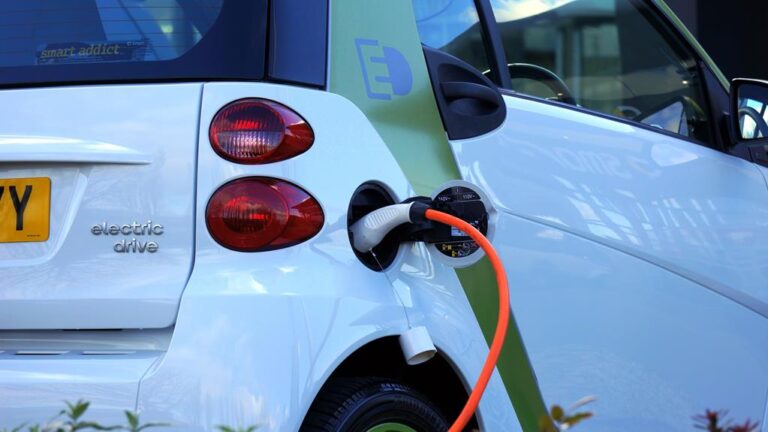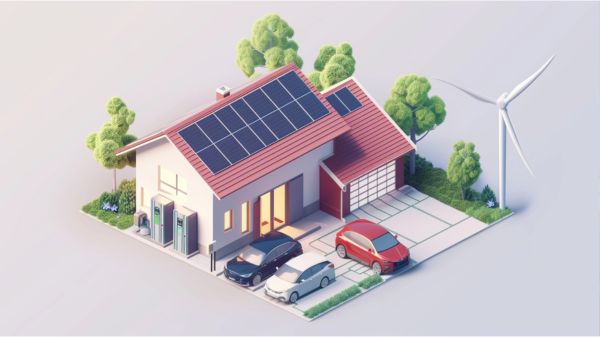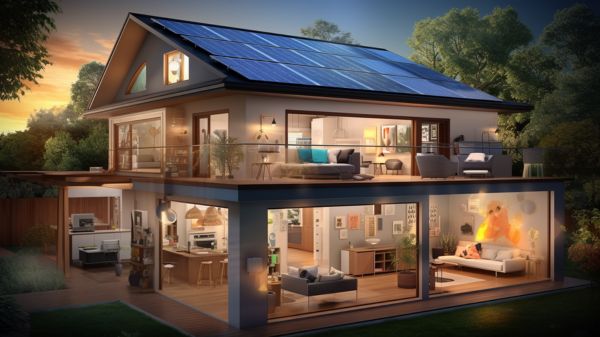Revamp Home Comfort With Green Insulation Options
Did you know that improving your home’s insulation can reduce energy costs by up to 30%? If you’re looking to revamp your home comfort and make it more eco-friendly, green insulation options are the way to go.
In this article, we’ll explore the benefits of green insulation, different types of sustainable insulation, cost-effective solutions, and even DIY techniques.
Whether you’re a DIY enthusiast or prefer hiring professionals, there are plenty of options to help you create a cozy and environmentally-friendly home.
Benefits of Green Insulation
Improve your home comfort by using green insulation, which offers numerous benefits for you and the environment.
Green insulation has a significant positive environmental impact, reducing the overall carbon footprint of your home. By using materials that are made from recycled or renewable resources, you can contribute to the conservation of natural resources and reduce waste.
Green insulation also enhances energy efficiency in your home. It helps to regulate indoor temperatures, keeping your home cool in the summer and warm in the winter, reducing the need for excessive heating or cooling. This not only lowers your energy bills but also helps to lessen the strain on the environment by reducing greenhouse gas emissions.
Types of Sustainable Insulation
To further enhance your home comfort and contribute to a greener environment, consider exploring the different types of sustainable insulation available. By choosing insulation made from recycled materials, you can reduce the demand for new resources and minimize waste. Not only is this environmentally friendly, but it also helps improve energy efficiency in your home.
Here are three types of sustainable green insulation options to consider:
- Cellulose Insulation: Made from recycled paper and treated with fire retardants, cellulose insulation is an excellent choice for its high thermal performance and soundproofing capabilities.
- Wool Insulation: Wool insulation is derived from sheep’s wool and offers excellent thermal insulation properties. It’s also breathable, moisture-resistant, and naturally fire-retardant.
- Recycled Denim Insulation: Made from post-consumer recycled denim, this insulation option is both eco-friendly and effective at reducing noise. It’s also non-toxic, making it safe for you and your family.
Cost-Effective Green Insulation Solutions
To save money while making your home more eco-friendly, consider cost-effective green insulation options. By using eco-friendly insulation materials and energy-efficient insulation techniques, you can reduce your energy consumption and lower your utility bills.
One cost-effective option is cellulose insulation, which is made from recycled paper and is highly effective in reducing heat loss.
Another option is recycled denim insulation, which is made from post-consumer denim jeans and offers excellent thermal performance.
Additionally, spray foam insulation can be a cost-effective choice, as it provides a high R-value and helps seal air leaks.
Finally, weatherstripping and caulking are affordable solutions that can improve insulation by sealing gaps and cracks around windows, doors, and other areas.
DIY Green Insulation Techniques
Try these DIY green insulation techniques to improve the energy efficiency of your home. Not only will these methods help you reduce your carbon footprint, but they’ll also save you money on your energy bills.
Here are three eco-friendly and energy-efficient insulation techniques you can easily implement:
- Use recycled materials: Instead of buying new insulation materials, consider using recycled materials such as denim, newspaper, or cellulose insulation. These materials aren’t only environmentally friendly but also provide excellent insulation.
- Seal air leaks: Air leaks can significantly impact the efficiency of your insulation. Use weatherstripping and caulk to seal gaps around windows, doors, and other areas where air can escape or enter. This will help keep your home properly insulated and prevent energy loss.
- Install window films: Window films are a cost-effective way to improve insulation. They work by reflecting heat during the summer and retaining heat during the winter. Choose energy-efficient window films made from eco-friendly materials to maximize the benefits.
Hiring Professionals for Eco-Friendly Insulation
If you’re not confident in your DIY skills or simply prefer to leave it to the professionals, consider hiring eco-friendly insulation experts to revamp your home’s comfort.
Eco-friendly insulation installation requires specialized knowledge and expertise, ensuring that the materials are installed correctly and effectively.
By hiring professionals, you can have peace of mind knowing that your home will be properly insulated, reducing energy waste and enhancing your overall comfort.
These experts understand the importance of using eco-friendly insulation materials, which are made from recycled or renewable resources, minimizing their impact on the environment.
Additionally, they’ve access to a wide range of insulation options, including cellulose, sheep’s wool, and recycled denim, which offer excellent thermal performance and soundproofing capabilities.
Conclusion
So there you have it, a greener and more comfortable home is within your reach with the use of sustainable green insulation options.
Did you know that by properly insulating your home, you can reduce energy costs by up to 30%? Not only will you be saving money, but you’ll also be reducing your carbon footprint.
So why wait? Start revamping your home comfort with eco-friendly insulation solutions today and enjoy the benefits for years to come.






